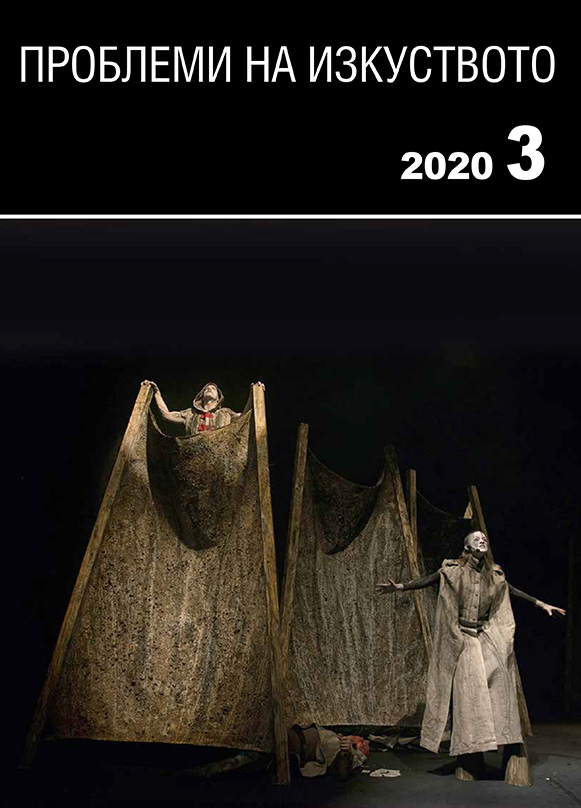Танзимат и театър в Османската империя. Българската ретроспектива
THE TANZIMAT AND THEATRE IN THE OTTOMAN EMPIRE. A BULGARIAN RETROSPECTIVE
Author(s): Nikolay IordanovSubject(s): Theatre, Dance, Performing Arts, Fine Arts / Performing Arts, History of Art
Published by: Институт за изследване на изкуствата, Българска академия на науките
Summary/Abstract: The study explores Bulgarian theatre of the National Revival period in the context of the nineteenth-century Ottoman Tanzimat reform project (1839–1876). With the end of the Crimean War and the Ottoman Reform Decree of 1856, known as hatt-ı hümâyûn, the earliest theatrical events held by Bulgarians were covered by the press. They coincided with the earliest performances of European type staged in Istanbul by Armenian companies that shortly after gave rise to the Turkish national theatre. Krustio Pishurka, Sava Dobroplodni, Dobri Voinikov, Konstantin Velichkov, Todor Peev, etc., the pioneers of Bulgarian theatre, all studied in Istanbul. The theatre in Gedikpaşa quarter hosted performances of plays by Konstantin Velichkov, Dobri Voinikov, etc. In the 1850s, 1860s and the 1870s theatre became part of the then fashionable among the majority of the Bulgarian society form of social etiquette, which presupposed socialisation and communication that went beyond closed family and professional communities. It was through theatrical performances that Bulgarian public discovered in the third quarter of the nineteenth century the act of representation a new actor on the historical scene, i.e. the emergent Balkan nation, was in needed of.
Journal: Проблеми на изкуството
- Issue Year: 2020
- Issue No: 3
- Page Range: 20-26
- Page Count: 7
- Language: Bulgarian
- Content File-PDF

